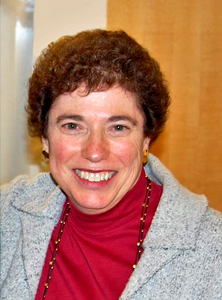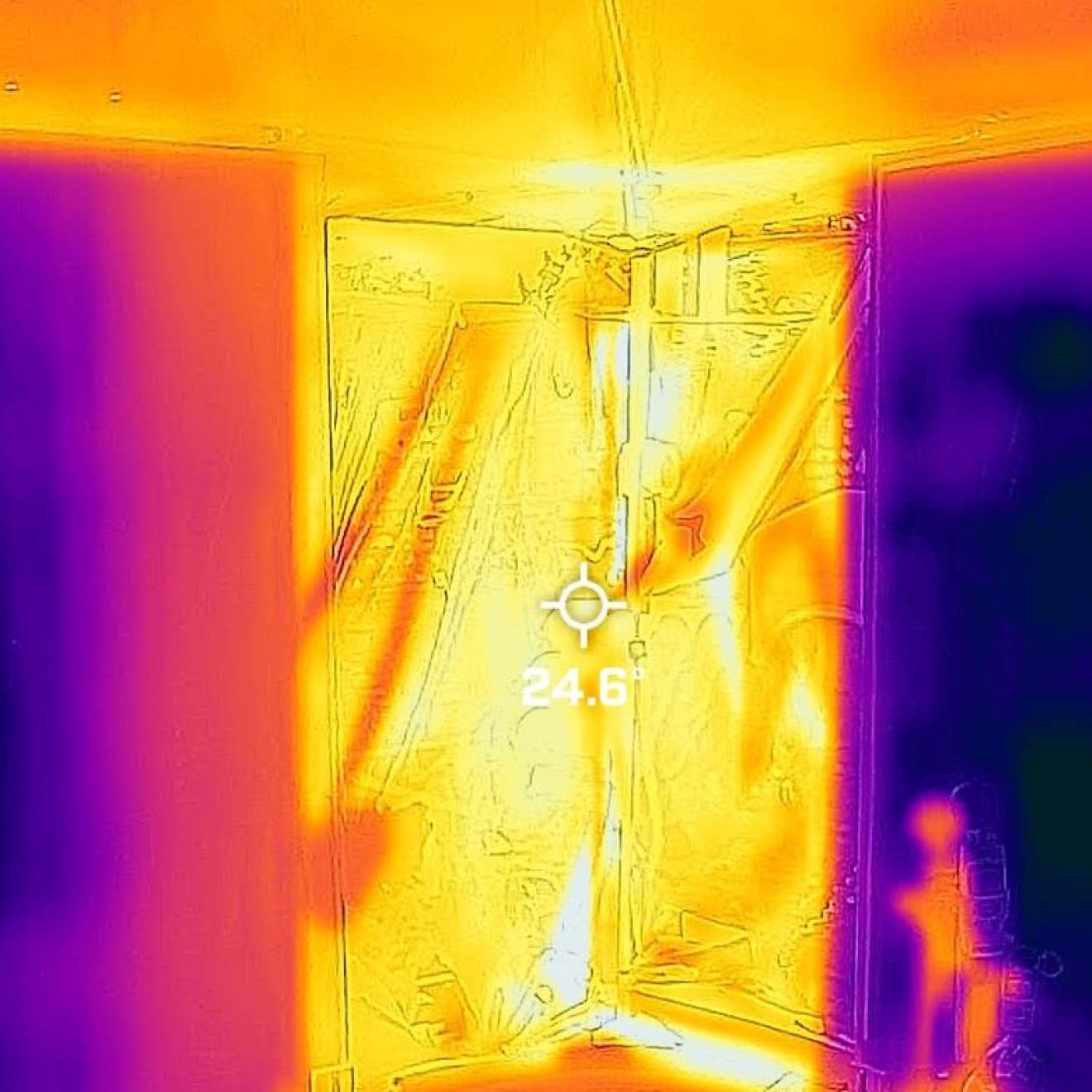Tim Stephens , UC Santa Cruz
The University of California has appointed Claire Max, professor of astronomy and astrophysics at UC Santa Cruz, to serve as director of UC Observatories on an interim basis while an international search is conducted to appoint a permanent director. Max succeeds Sandra Faber, whose two-year appointment as interim director ended in June.
Max is internationally known for her research in plasma physics, astronomy, and astronomical instrumentation. A pioneer in the field of adaptive optics, she has served as director of the Center for Adaptive Optics at UC Santa Cruz. Max is a member of the National Academy of Sciences and a fellow of the American Academy of Arts and Sciences, the American Physical Society, and the American Association for the Advancement of Science. She received the U.S. Department of Energy's E.O. Lawrence Award in Physics in 2004.

UC Observatories (UCO) is a multicampus research unit headquartered on the UC Santa Cruz campus. UCO operates the Lick Observatory on Mount Hamilton and the UCO Technical Labs at UC Santa Cruz and UCLA, and is a managing partner of the W. M. Keck Observatory in Hawaii. UCO also is the center for UC's participation in the Thirty-Meter Telescope (TMT) project.
Max takes the helm of UCO at a time of tighter budgets throughout the UC system due to declines in state funding. Many astronomers have expressed concerns about a potential loss of funding from UC to support Lick Observatory. According to Max, however, ongoing discussions with UC administrators and efforts to develop a long-range plan for UCO have improved the outlook. She emphasized that there are no plans to close Lick Observatory.
"Financially, we are far from plush, but we're not in dire straits. We now have a fruitful relationship with the UC administration, and the situation is looking better than it did a year ago," Max said. "One of the things I am looking forward to is working with the UC astronomers to develop a vision and long-term plans for the future of UCO."
According to UC Provost and Executive Vice President Aimée Dorr, UC remains committed to the continued operation of Lick Observatory. "We want our faculty to have access to what they need to do their research and teach their students well. This includes Lick, as well as Keck and TMT," Dorr said. "With money tight, UC will need to be creative in finding ways to pay for what we want to do at all of these places. I am thrilled that Claire and others in the astronomy community have taken up this challenge."
Established in 1888, Lick Observatory continues to be a vital research facility where astronomers are able to conduct studies they couldn't do at other sites. Although Lick's telescopes are smaller than the 10-meter Keck Telescopes or the future Thirty-Meter Telescope, observing time is hard to get on the larger telescopes. For research that requires repeated observations over a long period of time, Lick's facilities are essential, Max said.
"For example, I have a project studying the Crab pulsar, and we can monitor it much more frequently at Lick than we could at Keck," she said. "Also, graduate students have much more access to the telescopes at Lick, so it is a very important facility for training future generations of astronomers."
Lick Observatory is also an important site for the development and testing of advanced technology that will ultimately be deployed on larger telescopes. For example, laser guide-star adaptive optics (AO) was largely developed by Max and colleagues from the Lawrence Livermore National Laboratory at Lick's 3-meter Shane Telescope, and then became the basis for the Keck Observatory's laser guide-star AO system. Lick's newest telescope is the 2.4-meter Automated Planet Finder, the first robotic telescope for finding potentially habitable planets around nearby stars.
The Keck Observatory on Mauna Kea houses the twin 10-meter Keck I and Keck II Telescopes and is operated by a scientific partnership among UC, the California Institute of Technology, and NASA. The UCO director serves on the Board of Directors of the California Association for Research in Astronomy, the governing board of Keck.
The TMT is currently scheduled for completion in the early 2020s. Site preparation work has been completed near the summit of Mauna Kea in Hawaii, with a groundbreaking and blessing ceremony to be held on Oct. 7. UC astronomers are active in many aspects of the design work and instrument development for TMT, including work at the UCLA instrument lab on the Infrared Imaging Spectrometer, which will be one of three first-light instruments on the giant telescope.
According to Max, UCO's instrument labs at UC Santa Cruz and UCLA are vitally important for both Keck and TMT. "That's where we build the instruments that allow astronomers to take advantage of these powerful telescopes," she said.
Max earned her A.B. degree in astronomy from Harvard University (Radcliffe College) and her Ph.D. in astrophysical sciences and plasma physics from Princeton University. She joined the UCSC faculty in 1999.

